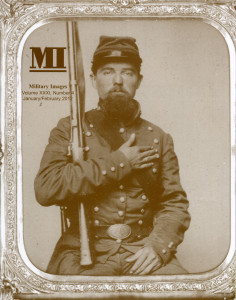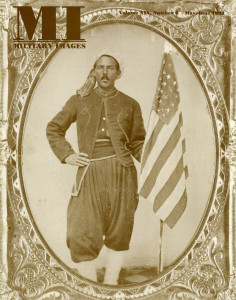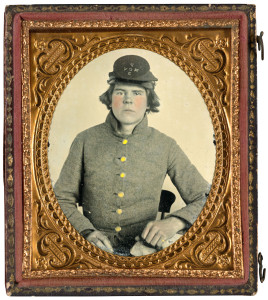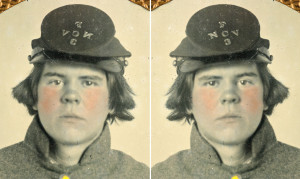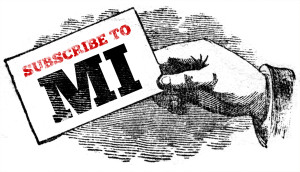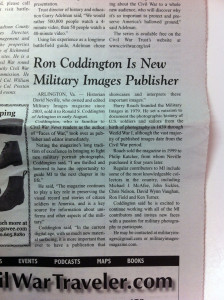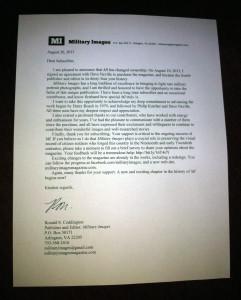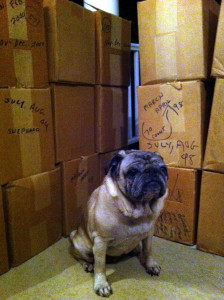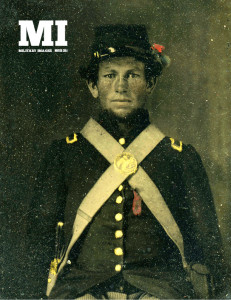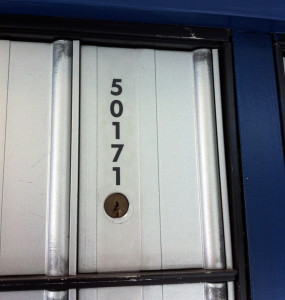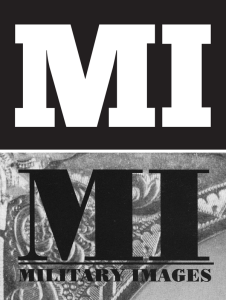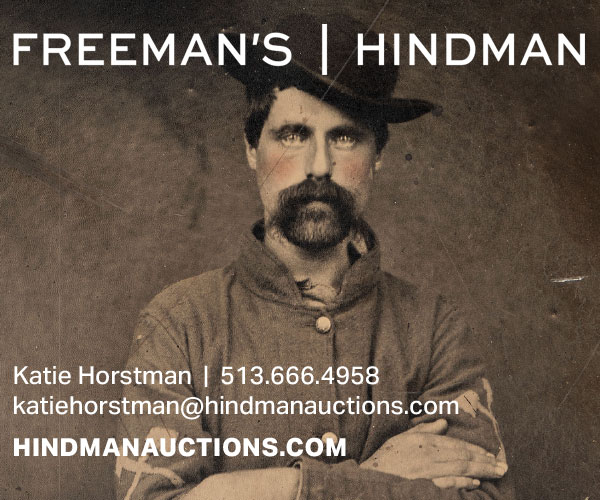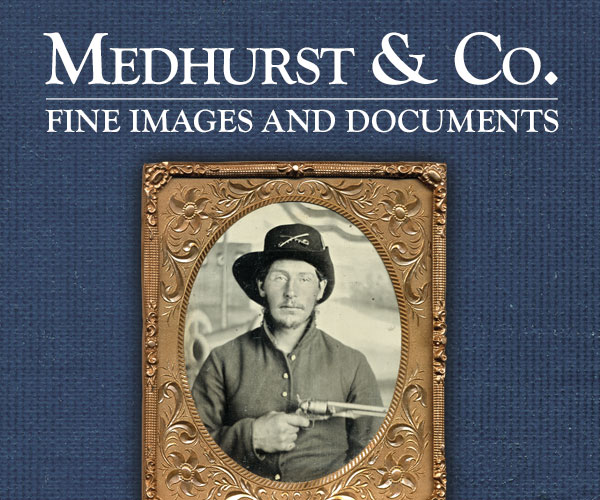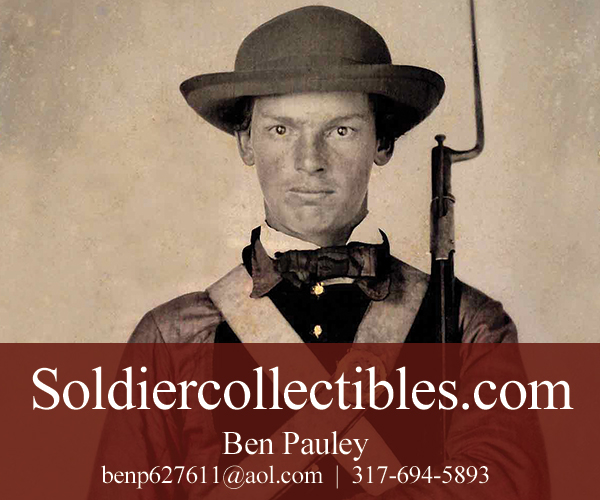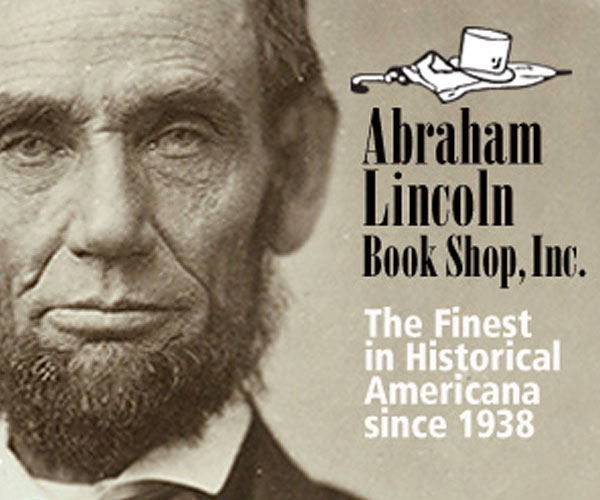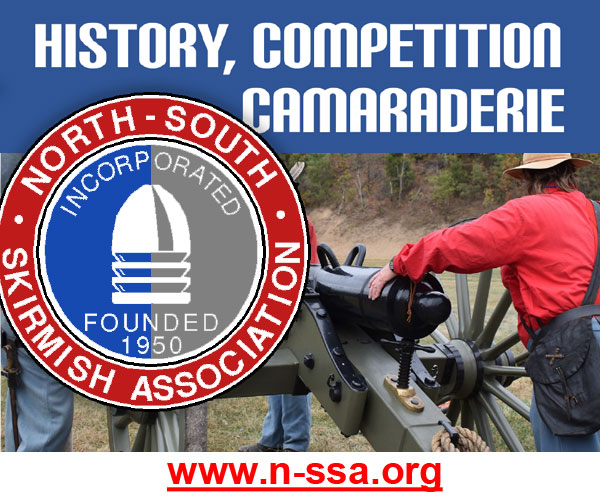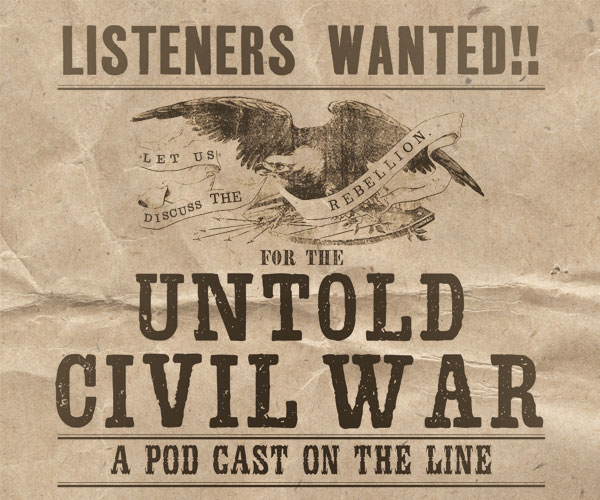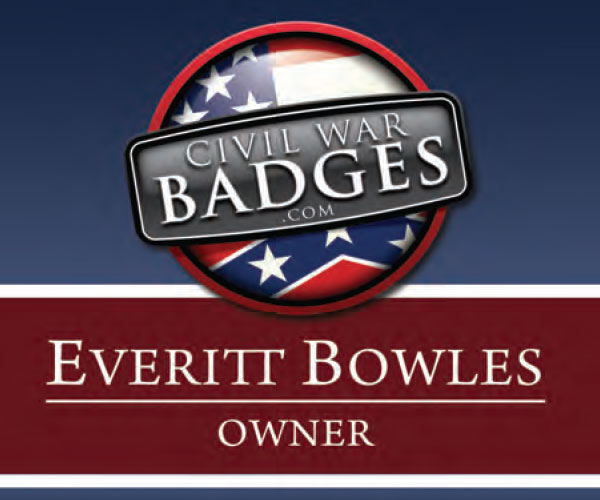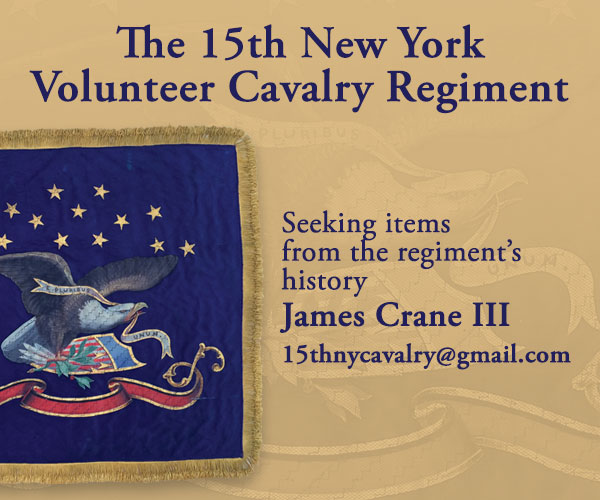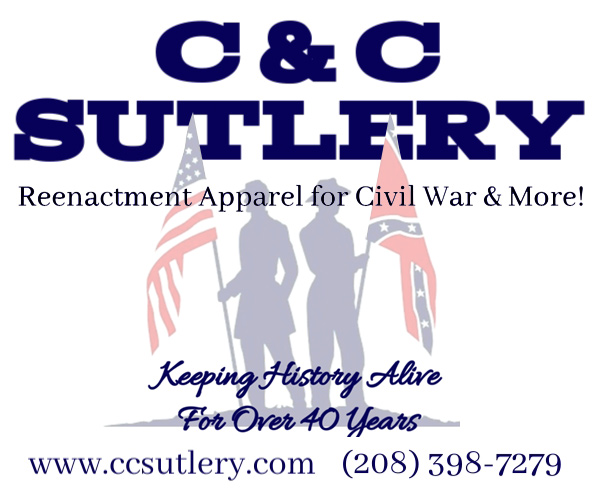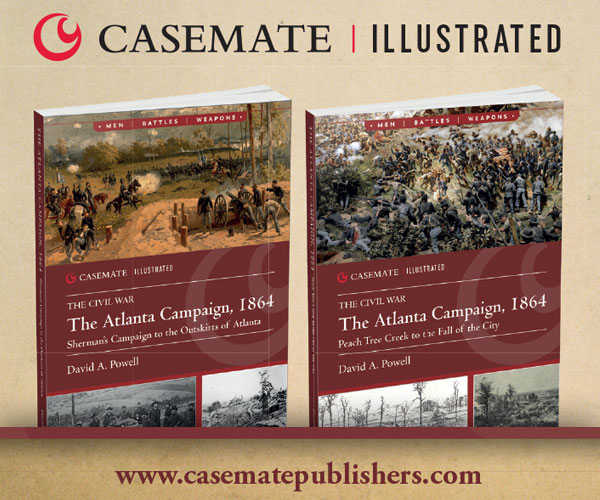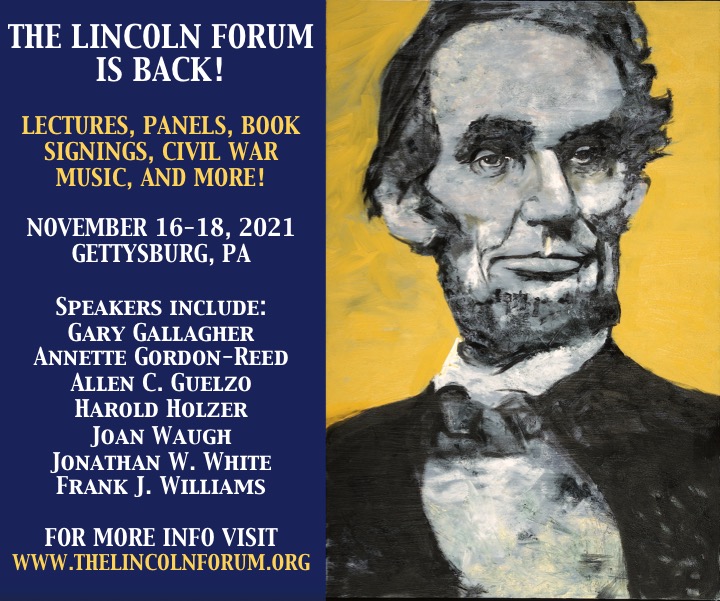The complete issue
Vol. XXXI, No. 4
(40 pages)
Print edition: Visit our store to check availability
Digital edition: Visit JSTOR.org to purchase
Subscribe to MI
Explore the MI Archives: Browse | Advanced search | Tutorial
Inside
Cover image
A Confederate soldier dressed in a frock coat and a Mississippi waist belt. The sixth-plate ambrotype is from the Brian Boeve collection.
Table of Contents (p. 1)
Editor’s Desk (p. 2)
The editor thanks everyone who responded to MI’s call for Zouave images and announces that the next issue “will feature many fine images of these hard-fighting, colorfully-clad soldiers.”
Front and Back cover details (p. 3)
Additional information is provided about the images pictured on the front and back covers.
The Photograph Album of Commissary Sergeant Oscar Sowles, 37th Illinois Volunteer Infantry by James J. Hennessey (pp. 4-15)
A total of 23 images, all cartes de visite, from an album kept by W. Oscar Sowles (1838-1881) of Wauconda, Ill. He enlisted in Company C of the 37th and served as commissary sergeant and quartermaster for his entire enlistment. Sowles, also spelled Soules, was wounded in 1863 after the pistol he was cleaning accidently discharged, resulting in the loss of a finger. Included in the collection is an image of John Charles Black, who served as colonel of the regiment, and Adolphus Simons, who served as its principle musician.
In Search of Randolph Clausen, Medal of Honor Recipient, U.S. Navy by Robert Anstine (pp. 16-17)
An image believed to be Lt. Claus Kristian Randolph Clausen (1869-1958) illustrates a biographical sketch of the Danish-born navy officer who served in the U.S. navy during the Spanish-American War and World War I. Clausen was awarded the nation’s highest military honor for extraordinary heroism during the night of June 2-3, 1898. He and seven others volunteered to block the entrance to Santiago Harbor, Cuba, by sinking the Merrimac. The mission failed without achieving its objective. Clausen and his mates fell into enemy hands and were released a month later after the destruction of the Spanish Armada.
The “Sons of Auld Scotia:” Scottish Military Units of the Civil War Period by Ron Field (pp. 18-25)
According to the author, “Approximately 600,000 Scots emigrated to the United States between 1851 and 1861 bringing with them a rich military tradition. Militia companies of Scottish origin wearing full Highland uniforms were formed both in Northern and Southern states, including Massachusetts, New York, Illinois and South Carolina.” What follows is an accounting of Scottish companies and regiments, illustrated with 10 photographs, an engraving and an advertisement. One of the images showcased in a carte de visite of a sergeant from the 79th New York Infantry from the collection of Michael J. McAfee.
Colonel George L. Willard, Gettysburg Casualty (p. 26)
Willard, the colonel and commander of the 125th New York Infantry, was milled in action on July 2, 1863, while in command of the 3rd Brigade, 3rd Division, 2nd Army Corps.
The 157th New York Infantry at Gettysburg: A Costly Endeavor by Steven Karnes (p. 27)
An accounting of the regiment’s near annihilation on July 1, 1863, when 309 of 409 of its members became casualties when they faced 1,300 Georgians in a fight along Carlisle/Biglerville Rd. The narrative is illustrated by an eight-plate tintype of unidentified soldier who served in Company I of the 157th.
Our Glorious Cause (pp. 28-32)
A gallery of five hard-plate images of Confederate soldiers from the Brian Boeve collection is prefaced by a verse from the song The Southern Soldier Boy. Two of the images are identified, Pvt. Mims Walker of the 4th Alabama Infantry and Pvt. Kenneth McIntosh of the 6th Tennessee Infantry.
The Confederate Soldier (p. 33)
James Monroe Edwards served in the 4th and 12th Georgia cavalries and survived the war. He settled in Ringgold, Ga., after the end of hostilities, married and raised three sons. He died in 1911.
Uniforms & History by Michael J. McAfee (pp. 34-38)
In “The Frock: Part One,” McAfee examines the ubiquitous uniform coat and explains how it earned its reputation for economy, comfort and uniformity. The text is illustrated by eight cartes de visite of soldiers wearing interesting variations on the standard frock.
Sutler’s Row (p. 39)
The Last Shot (p. 40)
Maj. Thomas H. Hartmus (1835-1903) was a cotton broker in Memphis, Tenn., before the war began. He enlisted in the 34th Tennessee Infantry (Confederate) and served as a staff officer to Gen. William Bate. Hartmus participated in the battles of Jones Station, Murfreesboro, Chickamauga, Franklin and Nashville and the Atlanta Campaign. He was paroled at Greensboro, N.C., in May 1865.
Inside Back Cover
Three portraits of men who served in the 37th Illinois Infantry from the collection of Stephen Burgess include 1st Lt. Henry Curtis Jr. of Company A, Capt. Lorenzo B. Morey of Company A and Capt. George R. Bell of Company G.
Back Cover
An undated cabinet card from the John Sickles collection pictures a group of Hatfield’s (from the famous Hatfield-McCoy feud). Standing at the far left is Confederate veteran William Anderson “Devil Anse” Hatfield.
